View a selection of photos and artefacts taken from photographer Keiko Yoshida’s visual archives from 1983–86, some of which featured in David Keenan’s book England's Hidden Reverse: A Secret History Of The Esoteric Underground, including Coil’s John Balance, Peter Christopherson and Stephen Thrower, John Maybury, Ross Cannon, and others.
Here you can find a selection of photographs and artefacts from 1983–86 taken from my visual archives, writes Keiko Yoshida. Some have been reprinted in the new, expanded edition of David Keenan’s England’s Hidden Reverse: A Secret History Of The Esoteric Underground (just published by Strange Attractor Press). Others featured in the booklet of Peyrere, a 1986 compilation cassette originally put together to give readers of Obscur, a Japanese fanzine produced by four Japanese women then living in London and Tokyo, a taste of the music it was writing about. The rest are previously unpublished.
I was one of Obscur’s founding members, the magazine initiated by my friend Simona Inagi, who was in London at the beginning of the 1980s and wanted to introduce post punk and positive punk to Japanese readers! We all used to follow music avidly through the UK weekly music papers NME, Melody Maker or Sounds when they were sold a few weeks late at import record shops in Tokyo. I was in Japan when she told me about the West Berlin women’s group Malaria! (with Gudrun Gut) and Einstürzende Neubauten making their first appearances as special guests of The Birthday Party at London Lyceum on 7 March 1983.
Though the four of us at Obscur were based in London and Tokyo, we travelled all over Europe to hear other music recommended to us by the people we interviewed. Gudrun Gut's enthusiasm for new music was especially infectious. We happily followed her recommendations to attend an underground/overground boat party in West Berlin, or to meet her at Pandora's Box industrial festival in Rotterdam! Gudrun played at the festival with her new group Matador, but she and many other Berliners wanted to go so they could see Psychic TV. But the big revelation for me was seeing the Icelandic anarcho punk group Kukl featuring Björk. Unfortunately, I had run out of film so I don't have any pictures to prove I was maybe the first Japanese person ever to see Björk sing live!
So we did not see this music in exactly the same context as David Keenan in England’s Hidden Reverse. We saw these musicians as part of a wider international alternative art, film and music scene, with some very good festivals in West Berlin, Rotterdam, Amsterdam or London bringing these people and their ideas together and providing a broader cultural context for our interviews with them. Stevo’s Some Bizzare record label was also a very important connection. I visited their office to interview Lydia Lunch and Jim Thirlwell aka Foetus. The label helped us get in contact with Coil, Psychic TV, Test Dept, Swans, Cabaret Voltaire and Einstürzende Neubauten.
Obscur ran for five issues. The last one included articles about Coil, Test Dept, The Band Of Holy Joy, Robin Rimbaud, film maker John Maybury, and others; plus Japanese translations of Laibach’s manifesto The Ten Items Of The Covenant (the English language version was introduced at London Bloomsbury Theatre’s Three weeks Of New Music festival in July 1985) and “Die Sprache Der Blumen”, a short story by Die Tödliche Doris’s Wolfgang Müller. We also asked the artists to give us self-portraits that we could publish alongside the pieces about them.
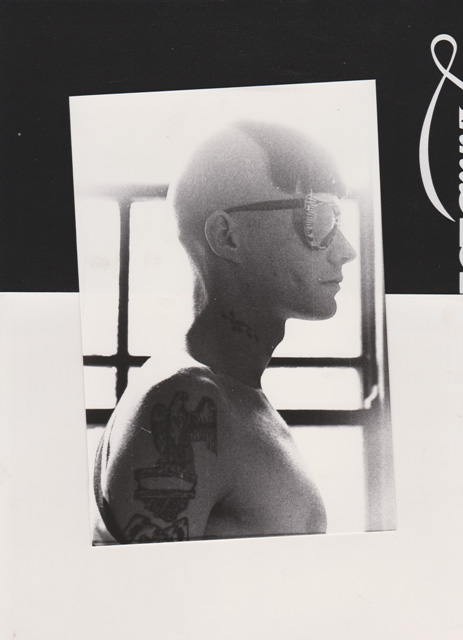
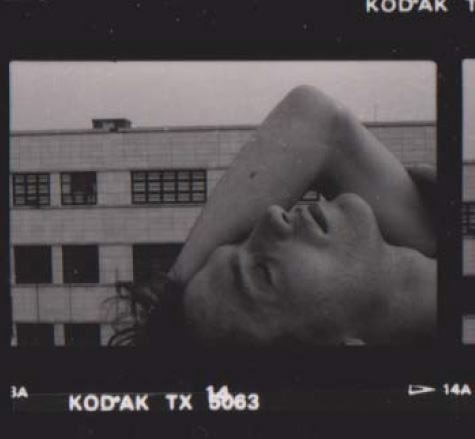
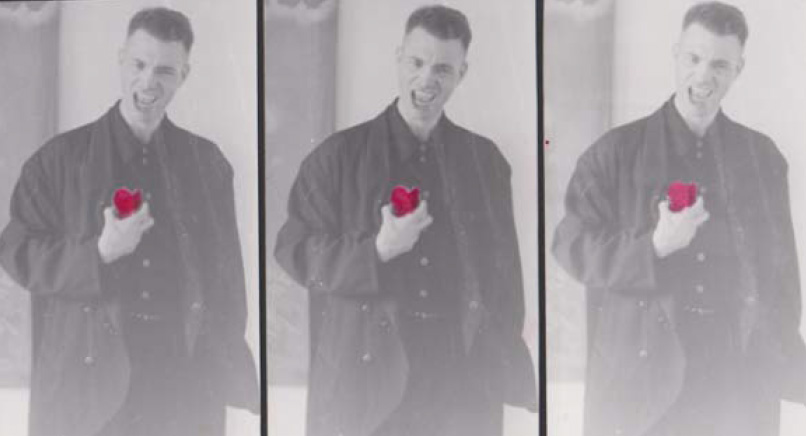

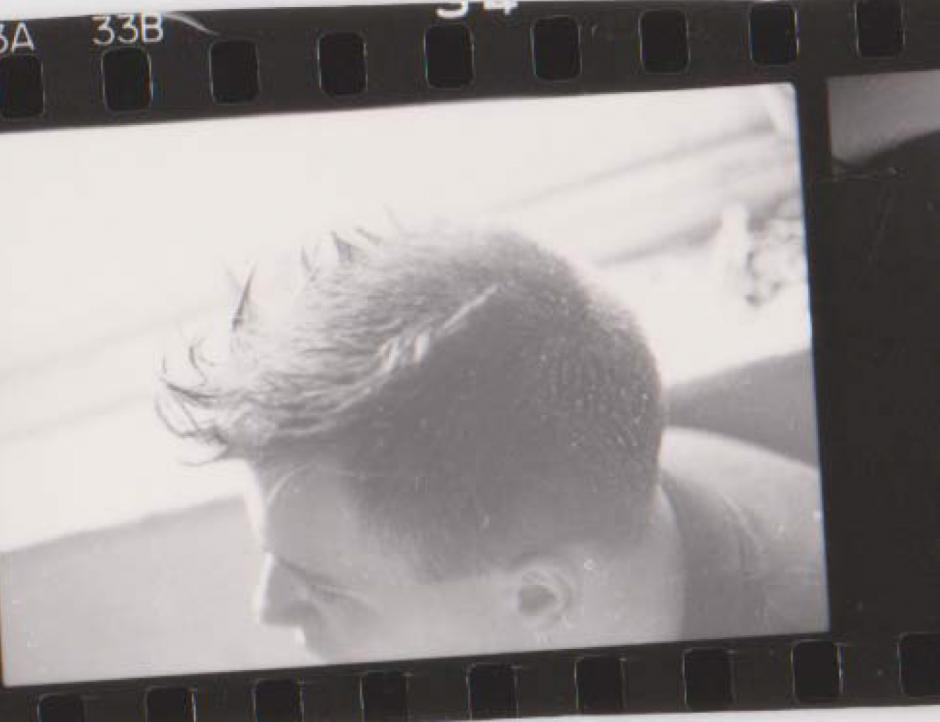
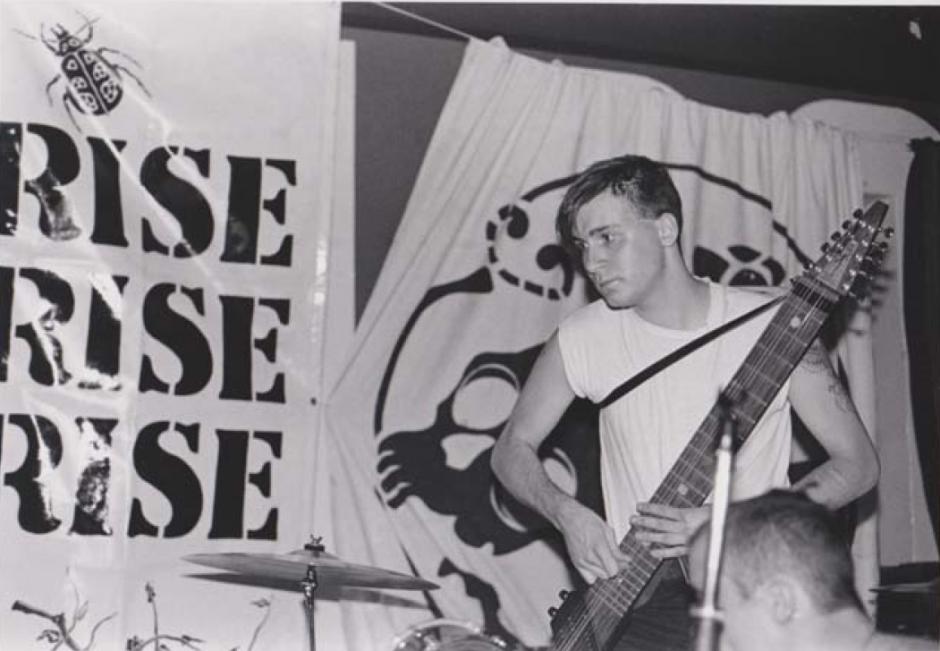
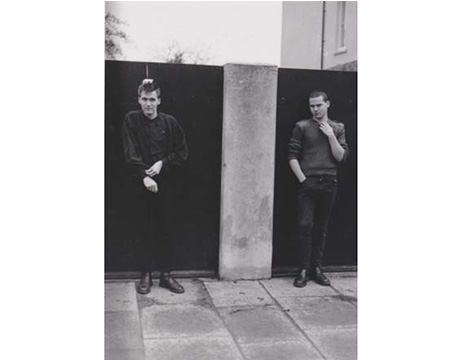
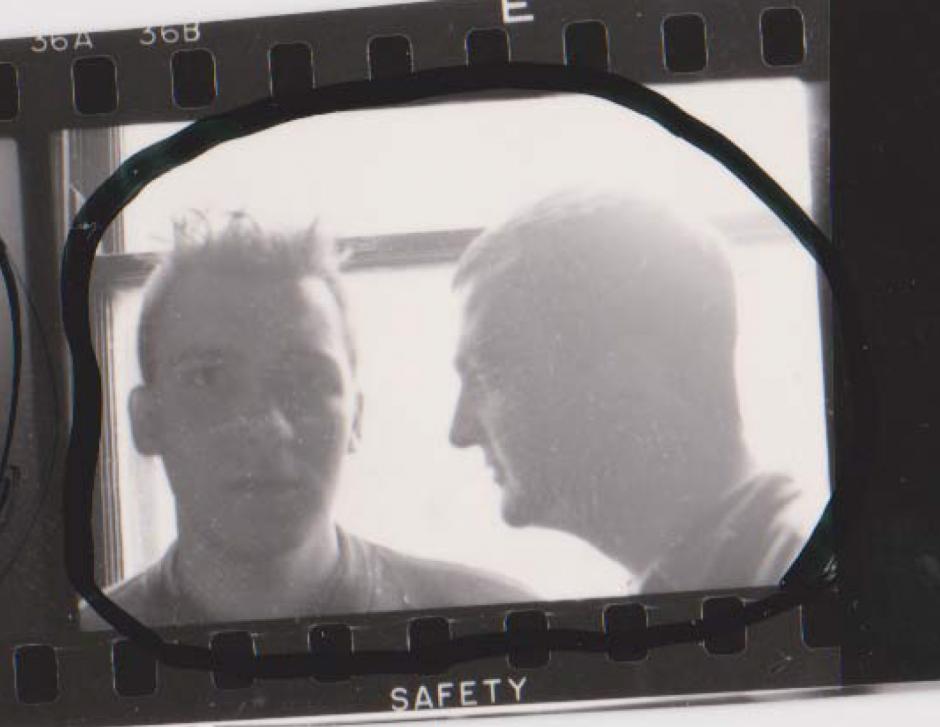

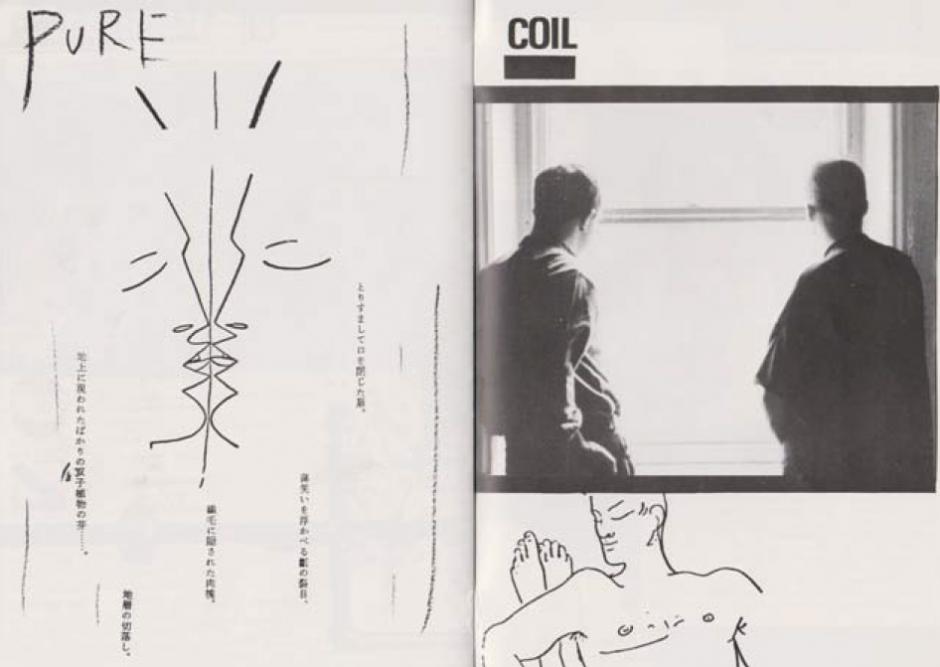
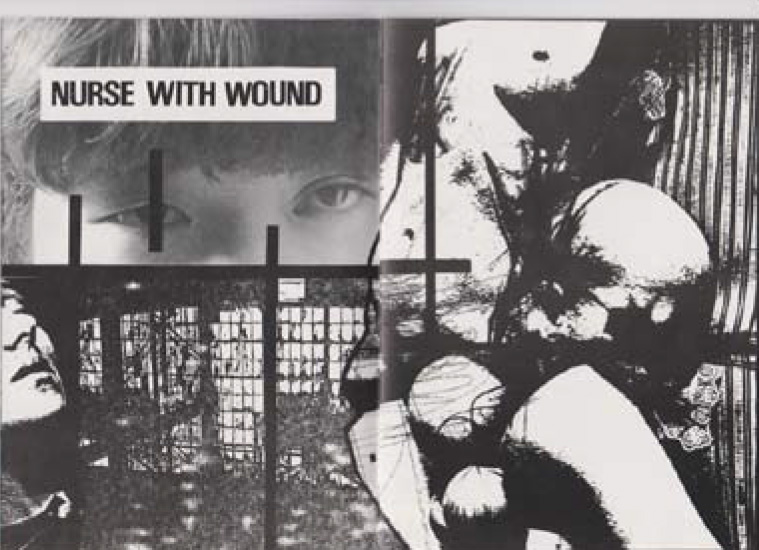
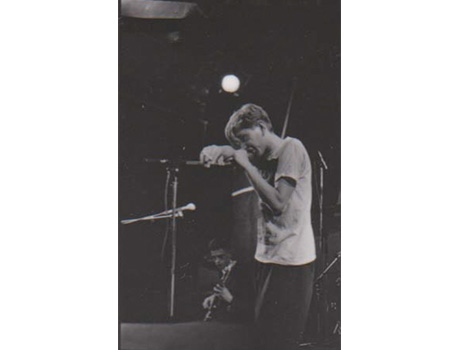
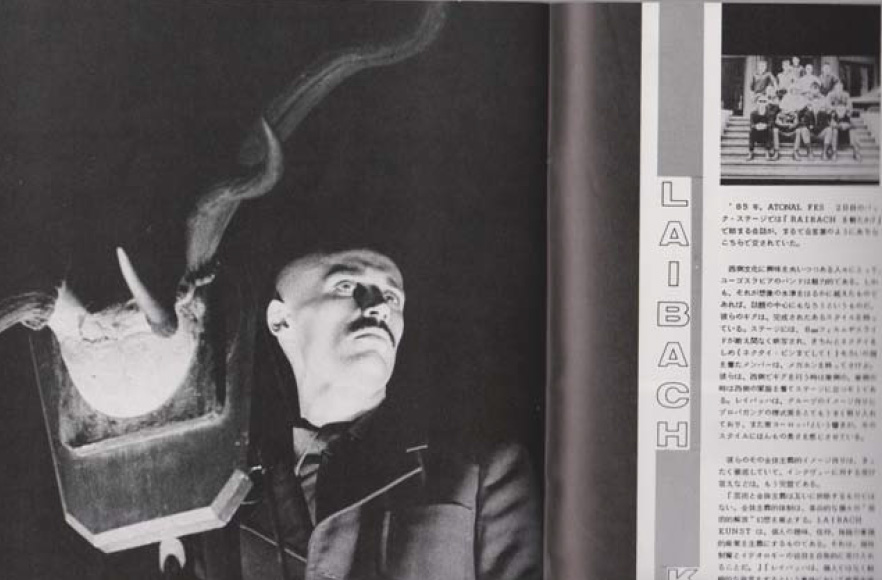
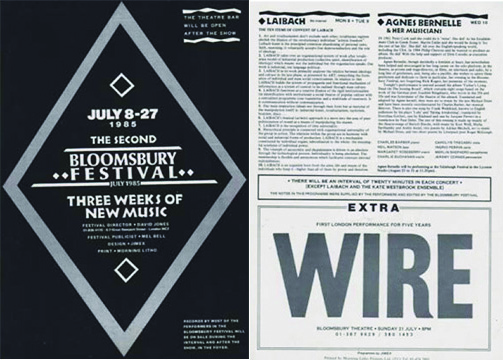
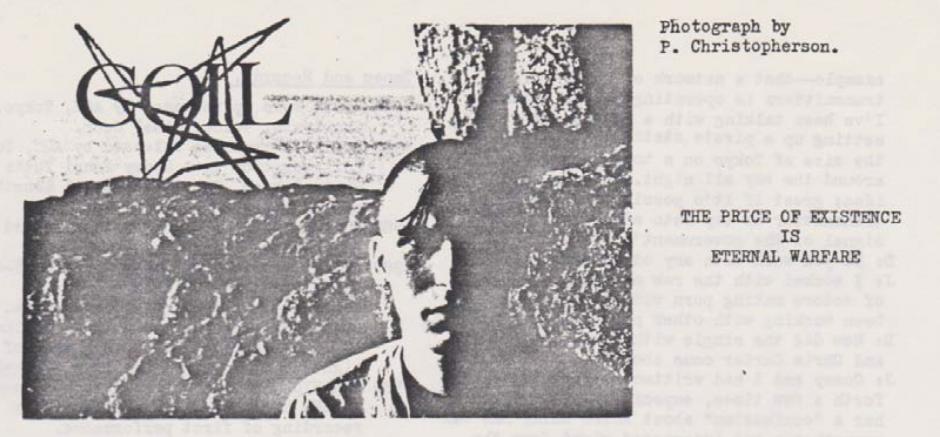

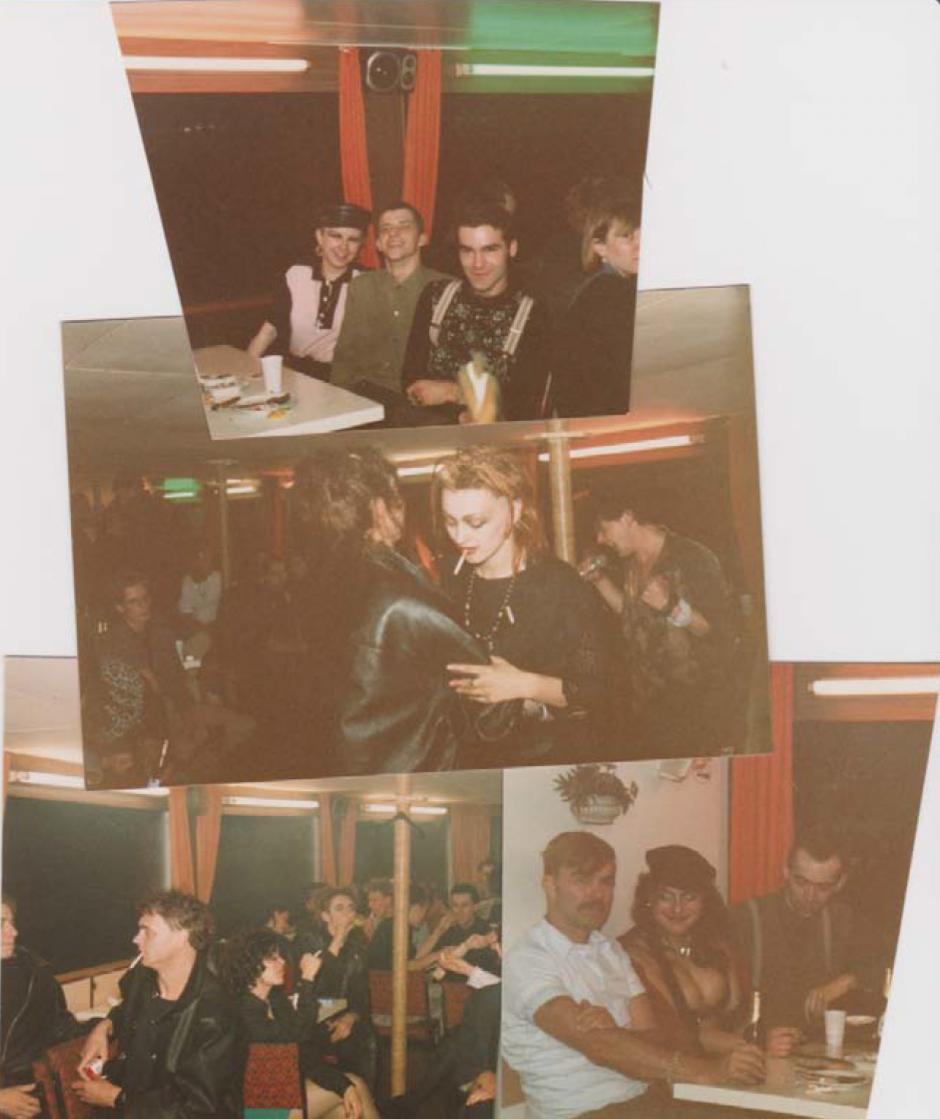
Leave a comment